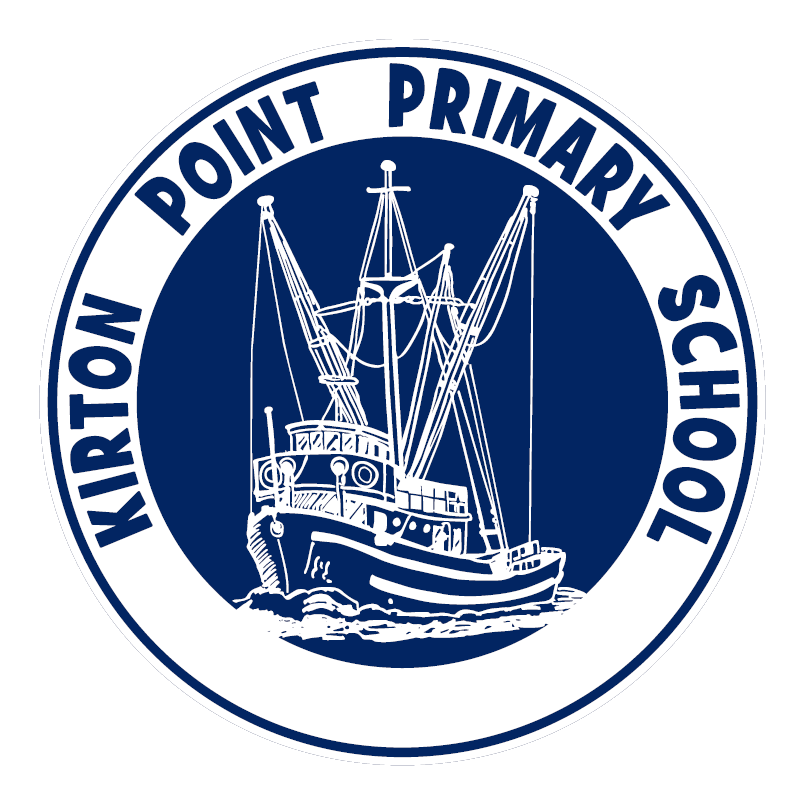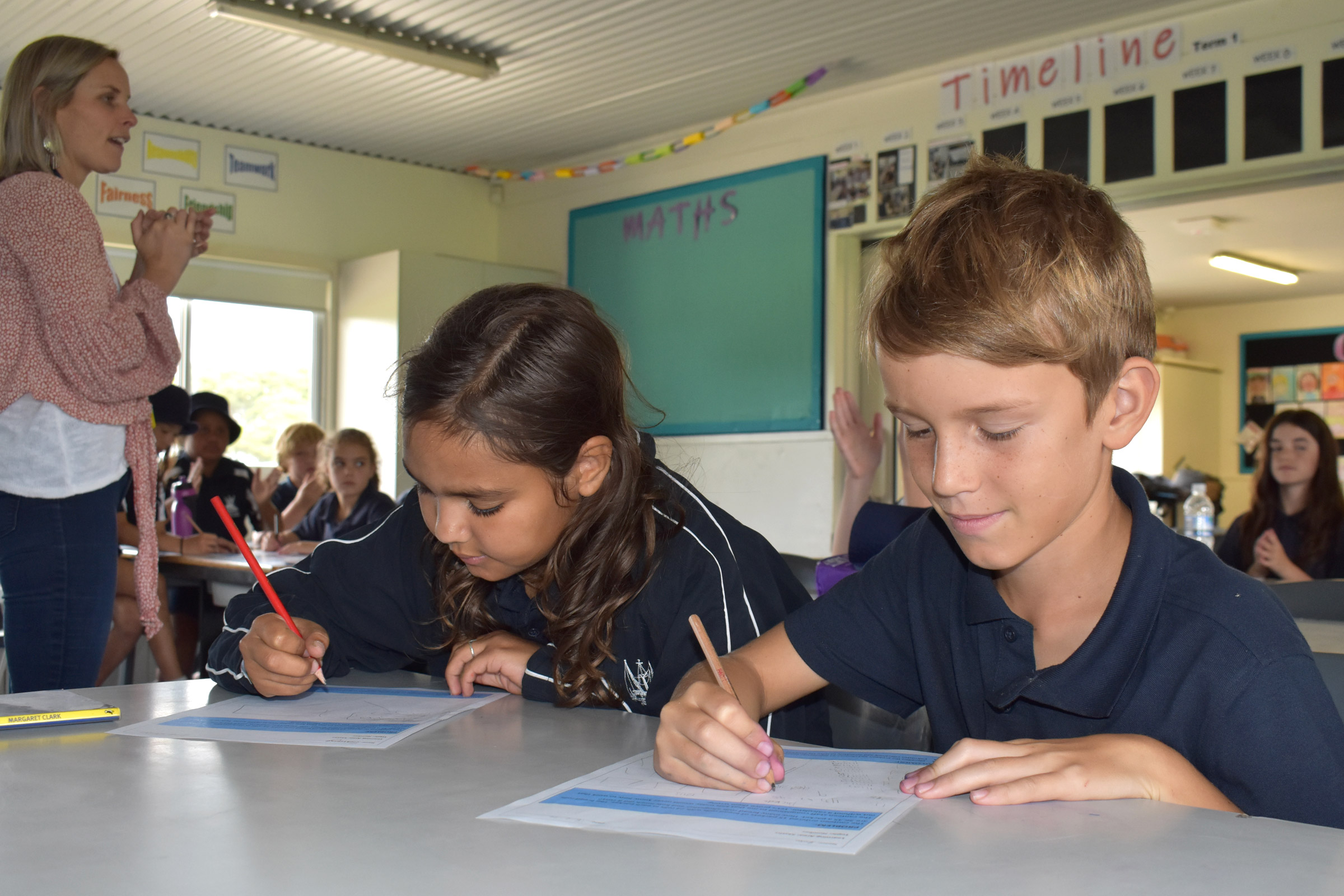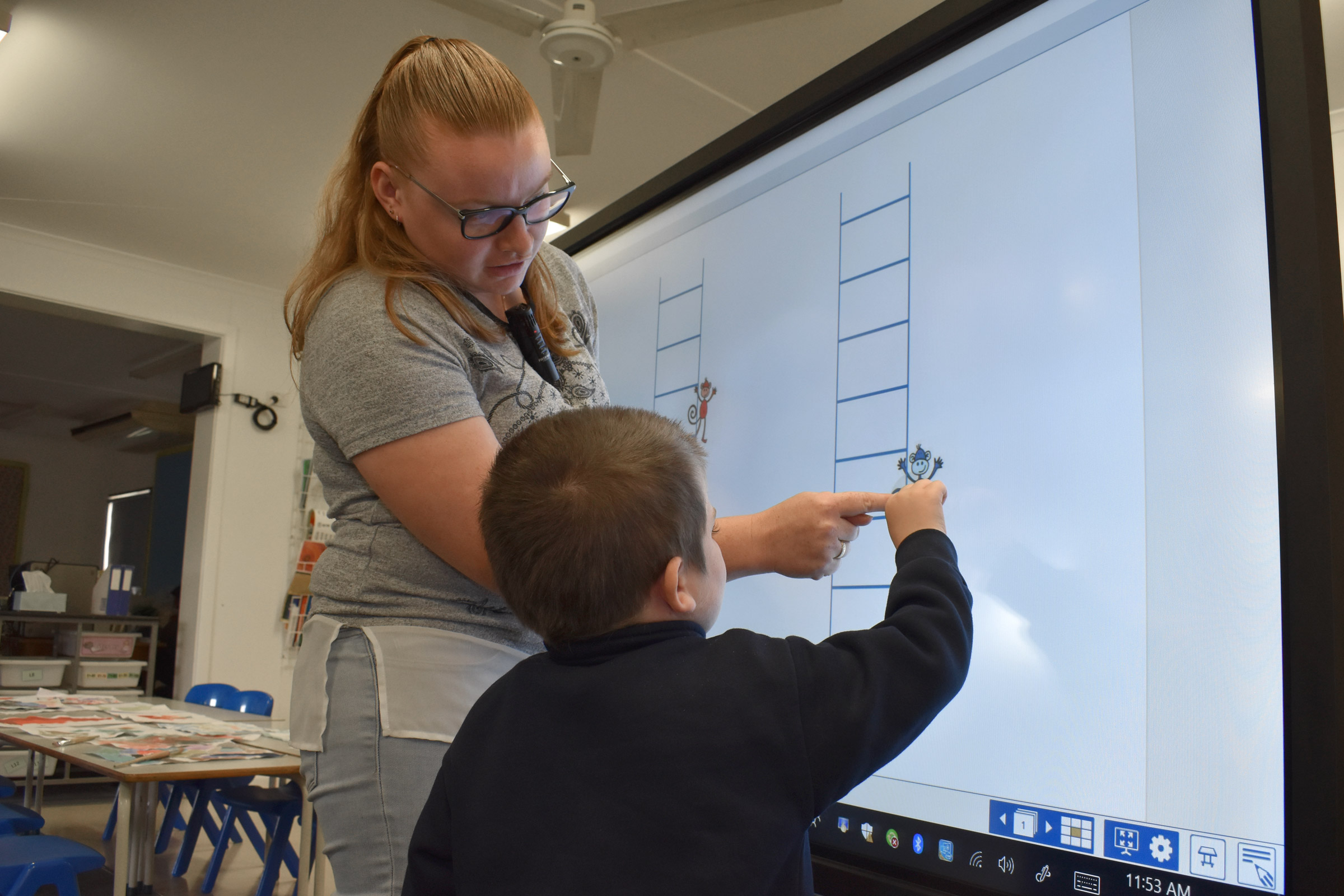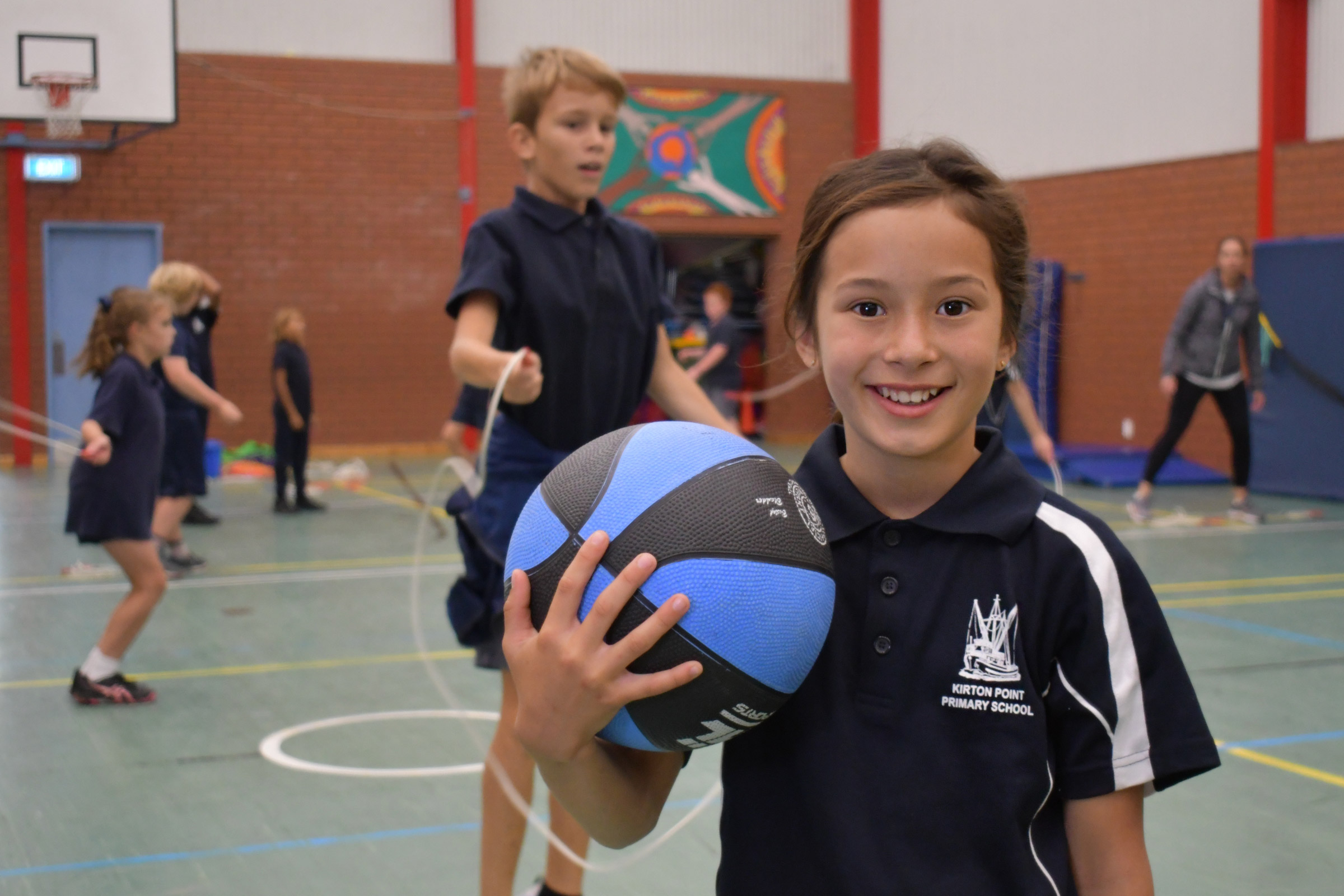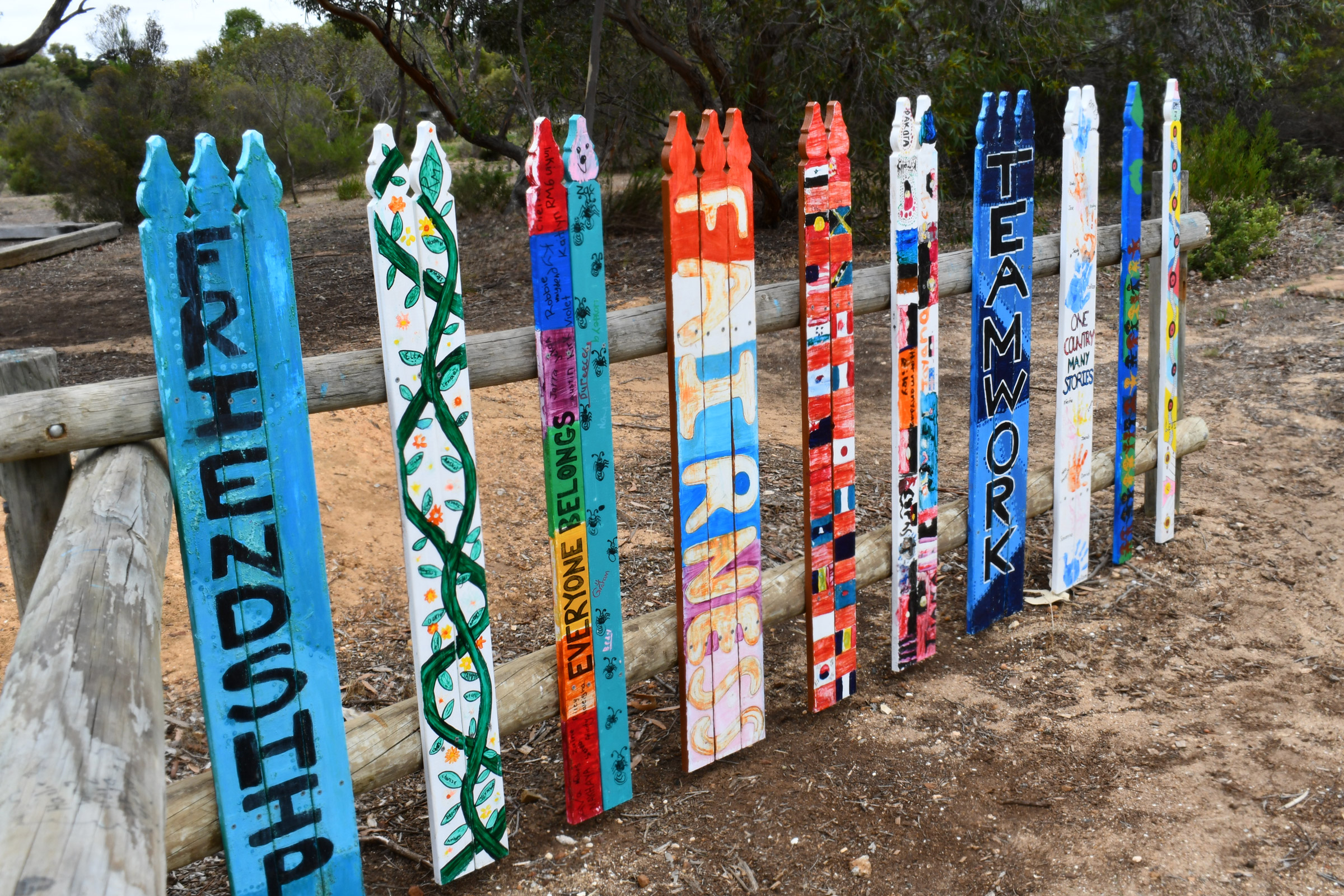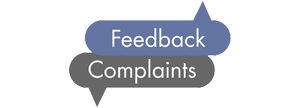Curriculum
Curriculum
Kirton Point Primary School’s Curriculum is based on the Australian Curriculum.
The Australian Curriculum specifies the understandings and skills required for students from FOUNDATION TO YEAR 10 and is organized in 8 learning areas:
Teaching and Learning
(Download PDF, 1MB)
| LEARNING AREA | SUBJECT |
| ENGLISH | ENGLISH: READING & VIEWING WRITING LISTENING & SPEAKING |
| MATHS | MATHS: NUMBER & ALGEBRA MEASUREMENT & GEOMETRY STATISTICS & PROBABILITY |
| SCIENCE | SCIENCE: SCIENCE UNDERSTANDINGS – Biological, Chemical, Physical, Earth & Space SCIENCE INQUIRY SCIENCE AS A HUMAN ENDEAVOUR |
| HUMANITIES AND SOCIAL SCIENCES | HISTORY GEOGRAPHY, CIVICS & CITIZENSHIP, ECONOMICS & BUSINESS |
| THE ARTS | DRAMA DANCE MEDIA ARTS MUSIC VISUAL ARTS |
| TECHNOLOGIES | DESIGN & TECHNOLOGIES DIGITAL TECHNOLOGIES |
| HEALTH & PHYSICAL EDUCATION | PERSONAL, SOCIAL, COMMUNITY HEALTH MOVEMENT & PHYSICAL ACTIVITY |
| LANAGUAGES | SPANISH |
In each learning area, content descriptions specify what all young people should be taught, and the achievement standards set out the depth of understanding and sophistication of skill expected of students at points in their schooling.
General Capabilities and Cross-Curriculum Priorities:
7 General Capabilities and 3 Cross Curriculum Priorities are integrated and developed throughout each learning area.
| GENERAL CAPABILITIES | CROSS CURRICULUM PRIORITIES |
| Literacy | Aboriginal and Torres Strait Islander histories and cultures |
| Numeracy | Asia and Australia’s engagement with Asia |
| Information and Communication Technology | Sustainability |
| Critical and Creative Thinking | |
| Personal and Social Capability | |
| Ethical Understanding | |
| Intercultural Understanding |
Viewing the curriculum online:
The Australian Curriculum is published online to provide maximum flexibility in how the curriculum can be accessed and organised. For more information, refer to the website: http://www.australiancurriculum.edu.au/
Teaching for Effective Learning:
The Australian Curriculum identifies WHAT needs to be taught in Australian Schools.
In South Australia, Teaching for Effective Learning (TfEL) specifies HOW the Australian Curriculum should be taught.
It is organized into 4 domains:
| DOMAIN | ELEMENTS |
| 1.LEARNING FOR EFFECTIVE TEACHING |
Understand how self and others learn Develop deep pedagogical and content knowledge Engage with the community Discuss educational purpose and policy |
| 2.CREATE SAFE CONDITIONS FOR RIGOROUS LEARNING | Develop democratic relationships Build a community of learners Negotiate learning Support and challenge students to achieve high standards |
| 3. DEVELOP EXPERT LEARNERS | Teach students how to learn Foster deep understanding and skilful action Explore the construction of knowledge Promote dialogue as a means of learning |
| 4.PERSONALISE AND CONNECT LEARNING | Build on learners understandings Connect learning to students’ lives and aspirations Apply and assess learning in authentic contexts Communicate learning in multiple modes |
For more information, refer to the website:
http://www.learningtolearn.sa.edu.au/tfel/pages/tfelresources/satfelframeworkguide/?reFlag=1
